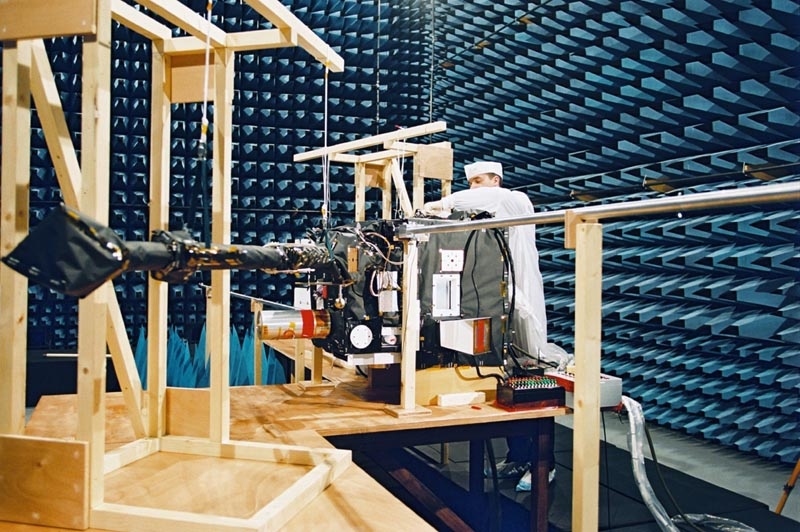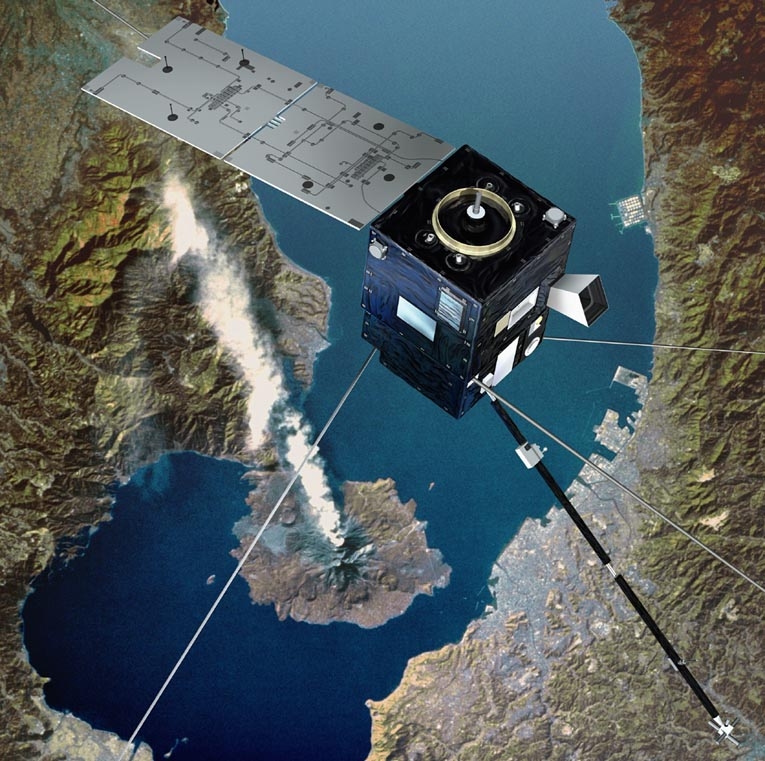20 September 2004
One month of checks, tests and calibrations
The month-long in-orbit checkout phase began for Demeter on 29 June, as soon as it reached orbit. A few hours after separating from the launcher and deploying its solar array, the satellite established contact with ground stations and initial data confirmed it was in great shape.

These operations were complicated by the fact that Demeter was out of range of ground control stations at the time.
| The remaining tasks were to check the quality of science measurements and the effectiveness of electromagnetic shielding, to ensure that satellite equipment does not interfere with natural waves recorded by instruments. After this battery of tests, the Demeter mission was ready to begin science operations in August. Two minor hitches—quickly corrected—interrupted operations for a few days, one requiring a new version of the flight software to be uploaded. |
|
First science data coming in
The science instruments have been operating for a few weeks now and the satellite has already obtained some unexpected data. Demeter’s ability to record signals all along its orbit has revealed natural emissions of previously unknown extent. For example, it has recorded quasi-periodic “whistler”-type waves generated in both hemispheres and propagating as far as the equator. These waves have been observed on several consecutive orbits, confirming their temporal and spatial extent.
It is still much too early to say whether Demeter will help scientists to reveal the inner rumblings of our planet. The satellite has already observed almost at nadir more than 10 tremors of a magnitude of more than 5, and a cursory analysis of the data has not uncovered anything in particular. Scientists will need to acquire a series of measurements and study phenomena statistically before drawing conclusions.
It is still much too early to say whether Demeter will help scientists to reveal the inner rumblings of our planet. The satellite has already observed almost at nadir more than 10 tremors of a magnitude of more than 5, and a cursory analysis of the data has not uncovered anything in particular. Scientists will need to acquire a series of measurements and study phenomena statistically before drawing conclusions.
